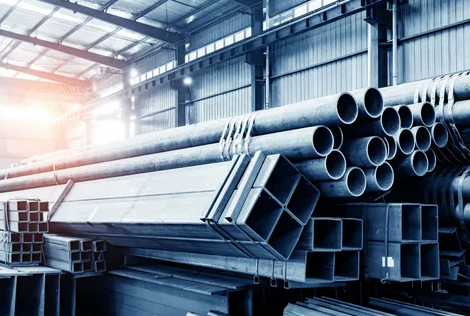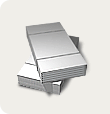UK Steel has released performance data for the UK steel sector for 2018. Callanish notes that, especially with the recent British Steel developments, this is quite inconvenient for the domestic steel segment.
Steel production in the UK last peaked in 1997, the same year New Labor won the election and, despite a couple of recovery attempts, has shown a downward trend since then. Production in 2018 at 7.3 million tonnes was the lowest in living memory. This included 5.7 million tonnes of BOS steel from the UK's last two integrated plants at Port Talbot and Scunthorpe.
Although no data is provided for the plant, the troubled British steel mill at Scunthorpe produces more than 1 million tonnes per year, so its failure will again lead to a decline in UK crude steel production.
UK steel data shows that imported steel continues to dominate the UK economy, meeting 60.4% of domestic market demand in 2018. In 2018, 4.5 million tons of rolled metal was received from the other 28 EU member states, and 2.0 million tons from non-EU countries.
In terms of steel mill exports, the 28 EU countries were also the UK's largest trading partner, consuming 2.8 million tonnes in 2018 versus just 0.8 million tonnes for the rest of the world. Therefore, the importance of intra-EU trade for the UK steel sector is clearly underlined.
UK Steel also reiterates the significant energy cost inequality faced by its steelmakers compared to those in France and Germany. For 2018-1919 Total electricity costs for UK producers are more than double those in France and more than 50% higher than those in Germany. Wholesale costs, transport costs and so-called political electricity costs are higher in the UK than in the other two countries.
Subscribe to news 
Metallurgy news
- Today
02:00 US and Canada drilling rig count declines - Week 52 of 2025 02:00 Production of untreated steel in the United States decreased by 1.6 percent - 52nd week of 2025 - 22 December 2025
23:00 Brazil's finished steel trade deficit narrows in November 17:00 Exports of reinforcement from the United States in August 2025 decreased by 44.2 percent 17:00 Imports of linear pipes to the United States increased by 1.3 percent in August 2025 16:00 Import of steel bars to Georgia from Turkey to increase in January-November 2025 16:00 South Africa launches AD investigation into color-coated steel from China 15:00 Australia issues final AD margin on rebar from four countries, including Turkey
Publications
22.12 Pipes insulated with VUS: main areas of use and selection rules 21.12 Shelving racks from Fortis Stroy 19.12 Materials for construction and repair of life: current solutions 15.12 Ägyptens Schätze: Die Magie von Kairo und Hurghada Entdecken 15.12 Best entertainment for children in Almaty: Top 5 places to go






